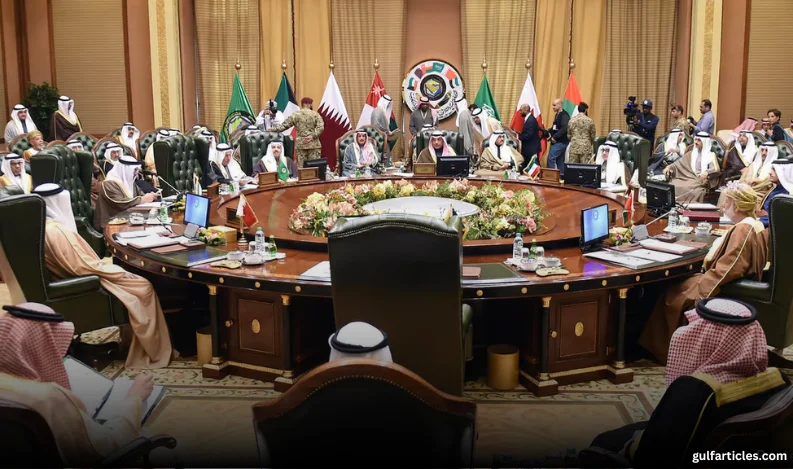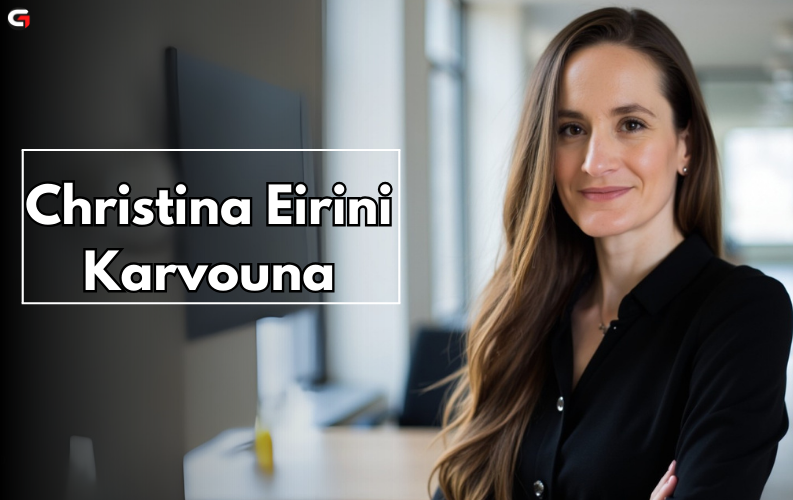Dubai: Dubai's ambitious high-speed underground transport system, the Dubai Loop, is set to revolutionize urban mobility, reducing travel time and easing congestion on surface roads. Urban planners and transport experts have hailed the project as a bold and futuristic move that could serve as a blueprint for smart cities worldwide.
The 17-kilometer Dubai Loop will feature 11 stations and an optimized capacity to transport over 20,000 passengers per hour. The project is a collaboration between Dubai’s Roads and Transport Authority (RTA) and The Boring Company, founded by billionaire entrepreneur Elon Musk.
Faster, Cost-Efficient, and Resilient to Weather Conditions
The Dubai Loop will use electric vehicles capable of speeds up to 160 km/h, significantly reducing travel time between key locations. According to RTA, the tunneling technology involved ensures rapid execution, lower costs than conventional methods, and minimal impact on existing infrastructure.
The Boring Company has pledged to transform the transportation sector by constructing safe, fast, and cost-effective tunnels for passenger transit, utilities, and freight.
Dr. Ahmed Al Mulla, co-founder of UAE-based urban planning firm Arkat, emphasized that shifting commuters from private vehicles to a reliable, weather-resilient underground system will significantly reduce congestion on surface roads.
"The success of this project depends on effective station placement. Dubai Loop must serve high-demand areas and connect seamlessly with existing and upcoming transit networks, such as Dubai Metro, Etihad Rail, and bus systems," said Dr. Al Mulla, who is also an adjunct professor at the American University of Sharjah.
Strategic Connectivity is Key
Experts stress that Dubai Loop must integrate with major residential and commercial hubs, including:
- Downtown Dubai
- Dubai Marina
- Business Bay
- Deira
Dr. Al Mulla highlighted that the Loop should act as an express connector between planned Metro extensions rather than a standalone system.
With Etihad Rail introducing high-speed services connecting Abu Dhabi and Dubai in just 30 minutes, it is essential that Dubai Loop stations are near Etihad Rail hubs, ensuring a seamless transition between intercity and local travel.
First and Last-Mile Connectivity: A Challenge
Experts agree that for Dubai Loop to be effective, it must address first and last-mile connectivity—the distance between a commuter’s origin or destination and public transport access points.
"Public transit must be accessible for everyone. If commuters cannot easily reach their final destination, they will revert to using private cars," Dr. Al Mulla emphasized.
To ensure higher public transport adoption, he recommended:
- Transit zones within 300-500 meters of highly congested areas
- Well-shaded walkable paths in hot climate zones
- Expansion beyond 17 km to cover Dubai’s urban footprint of over 1,000 km²
Advantages and Challenges of Dubai Loop
Advantages
-
Efficient Land Use – Maximizes urban space, preserving land for parks, commercial zones, and pedestrian-friendly areas.
- Traffic Congestion Reduction – Encourages modal shift, reducing dependence on private vehicles.
- Weather Resilience – Tunnels offer protection from extreme heat, sandstorms, and humidity, ensuring year-round operations.
- Avoids Road Barriers – Bypasses highways, existing infrastructure, and urban congestion zones.
Challenges
- High Construction Costs – Tunneling costs are significantly higher than building surface roads.
- Engineering Complexity – Dubai’s high water table and diverse soil conditions present major challenges, requiring advanced excavation techniques.
- Disruptions in Populated Areas – Underground construction could impact buildings above, leading to potential structural issues.
- Safety Measures Required – Strict fire hazard, flooding, ventilation, and emergency exit planning is essential.
- Affordability for Commuters – Ticket prices must be reasonable to encourage mass transit adoption.
Dr. Mustafa Aldah, a road safety expert and founder of MA-Traffic Consulting, noted that while underground transport is ideal for Dubai’s climate, it requires continuous maintenance and long-term investment.
"Dubai has consistently led the world in adopting smart city innovations. If executed correctly, Dubai Loop will be a global model for future urban transit systems," said urban planner Aileen E. Llagas.
Need for a Digital Twin Model
Experts suggest using Digital Twin technology—a virtual simulation of the city—to model Dubai Loop’s potential impact on urban mobility, congestion, and infrastructure.
"Dubai is not afraid to dream big, and this project is another leap forward in redefining urban transport," said Andreas Hassellöf, CEO of Ombori.
With Dubai Loop’s potential to set a new global standard for underground transport, experts believe it could be the blueprint for future cities worldwide.






















